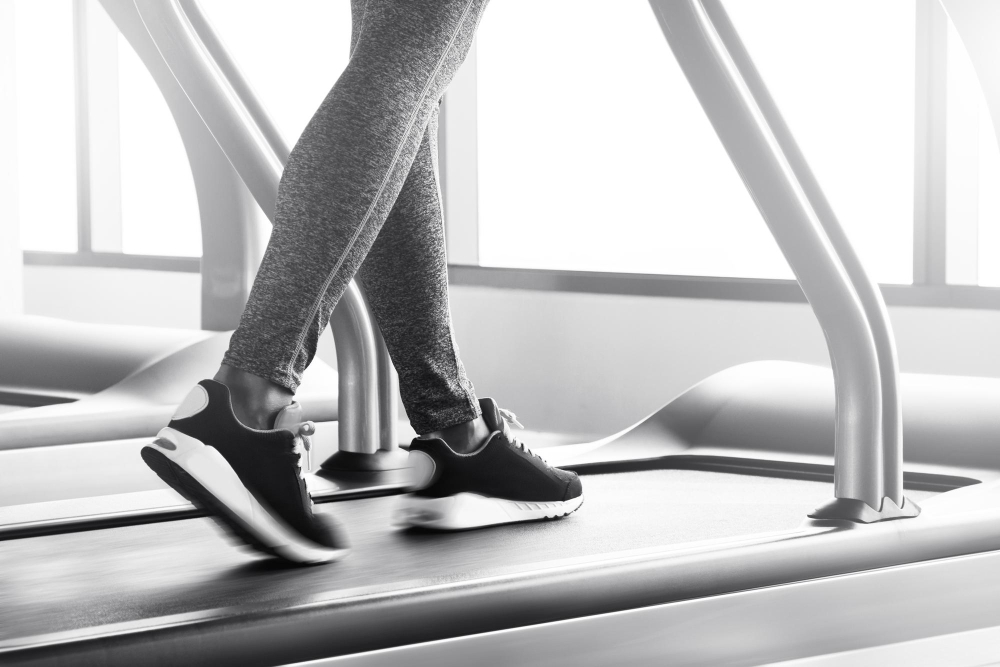Switch Up Your Workouts
Mix up different types of walking workouts throughout the week for the best results: intervals, short and quick walks, long and moderate walk, and so on. Stress can also be reduced by taking calmer, thoughtful walks. These walks assist to reduce cortisol levels, which can lead to weight gain.
if you can't walk for 45 minutes straight, make the most of the time you have. Include two to four 15-minute brisk walks in your daily routine. You'll be burning calories, improving your walking pace and ability, and meeting the government's minimal physical activity guidelines.
Other sorts of exercise should also be included in your program. Bicycling, water aerobics, elliptical trainer, ballroom dancing, gardening, and doubles tennis and few more. By engaging in a range of physical activities, you can challenge your body in new ways while also balancing your muscular development.
You're not only losing weight, but you're also gaining muscle and increasing your basal metabolic rate. Walkers who are preparing for a distance race, such as a half marathon or marathon, should train at a low to moderate intensity on their weekly long day of distance training.



